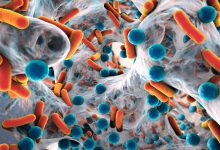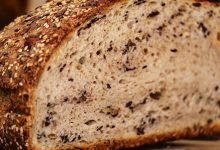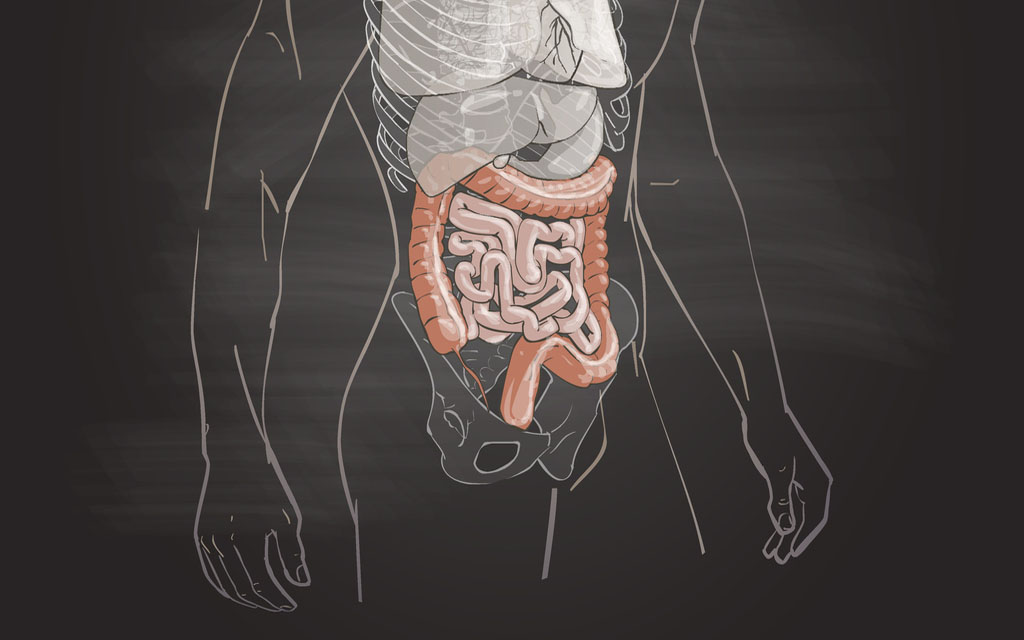
CAU’s research team uncovers links between microbiome and essential tissue contractions for healthy bowel function
Spontaneous contractions of the digestive tract play an important role in the vast majority of organisms in order to ensure a healthy intestinal function. From simple invertebrates to humans, there are consistently similar movement patterns that transport and mix the contents of the intestine through the rhythmic contraction of the muscles.
These contractions of the intestine are indispensable for the digestive process and are referred to in science as peristalsis. In various diseases of the digestive tract, for example, serious inflammatory bowel disease in humans, there are disorders of natural peristalsis. So far, little is explored by which factors these contractions are controlled.
A research team from the working group Cell and Developmental Biology at the Zoological Institute of the Christian-Albrechts-University Kiel (CAU) has now been able to prove for the first time that bacterial colonization of the intestine plays an important role in peristalsis. Their example of the freshwater polypHydra learned findings published by the Kiel researchers in the current issue of the journal Scientific Reports.
The trigger of the normal, spontaneous contractions of the muscle tissue are so-called pacemaker cells of the nervous system. At a certain rhythm, they send out electrical impulses whose discharges require no external stimulation. These impulses eventually reach the smooth muscles of the intestinal wall and ensure that it contracts. Although the impulses in and of themselves run their course, their frequency and strength are nevertheless subject to external influences.
“The example of the simple freshwater polyp Hydrahas shown us that the bacterial colonization of the animal can affect the contractions of its body cavity and presumably intervene in the control of the underlying pacemaker signals, “summarizes Professor Thomas Bosch, head of the study and spokesman of the Collaborative Research Center 1182” Origin and Functioning of Meta-organisms “.
Hydras, unlike more highly evolved creatures, have no intestines in the true sense. Their simple body cavity, however, takes on the function of a digestive tract, among others. the surrounding tissue also shows the contractions typical of the more highly developed gut.
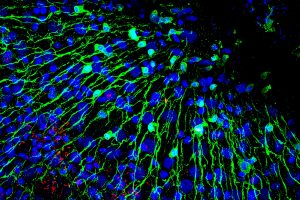
Figure: Christoph Giez, dr. Alexander Klimovich
To find out how peristalsis is controlled in freshwater polyps, the researchers compared normal animals with typical bacterial colonization to those whose microbiome was completely removed with the help of an antibiotic. These animals, also known as germ-free polyps, with no bacterial colonization, showed in comparison a reduced number of contractions by about half, and at the same time the rhythm of the movement became confused and the breaks between the contractions were sometimes considerably longer. The lack of the typical microbiome thus caused a serious limitation of the peristaltic movements of the body cavity in Hydra.
In a next step, the scientists restored a certain bacterial colonization of the germ-free animals. First, they resettled the five most common bacterial species of the Hydra microbiome individually into the germ-free polyp. It was found that this unilateral bacterial colonization had no significant effect on the frequency and timing of the contractions.
Only the joint reintroduction of the five main representatives of the microbiome led to a significant recovery of peristalsis, although in this case, the pattern of contractions did not fully normalize. Interestingly, a similar positive influence was also produced by the colonizing bacteria.
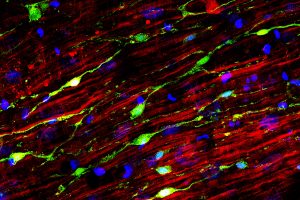
Figure: Christoph Giez, dr. Alexander Klimovich
The Kiel research team concluded that only the natural and the balance of the represented bacterial species characterized microbiome in Hydra can take over an important pacemaker function for peristalsis. They found that in this case, certain molecules secreted by the bacteria can interfere with the pacemaker cell regulatory mechanism. Thus, bacterial signals can decisively influence the pattern of spontaneous peristaltic contractions.
“We were able to show for the first time that in our simple model organism the microbiome plays an indispensable role in the frequency and timing of tissue contractions,” emphasizes Bosch.
The example of the evolutionary original model organism Hydra show, moreover, that the control of important life processes of multicellular organisms through their bacterial symbionts arose very early in the development of life, continues Bosch. Therefore, the novel findings are particularly promising for medical research: “The fundamental deciphering of the cooperation of organism and microbiome in the control of peristalsis will help us in the future to understand the emergence of serious diseases that are based on a disturbed motility of the intestine” summarizes Bosch.





